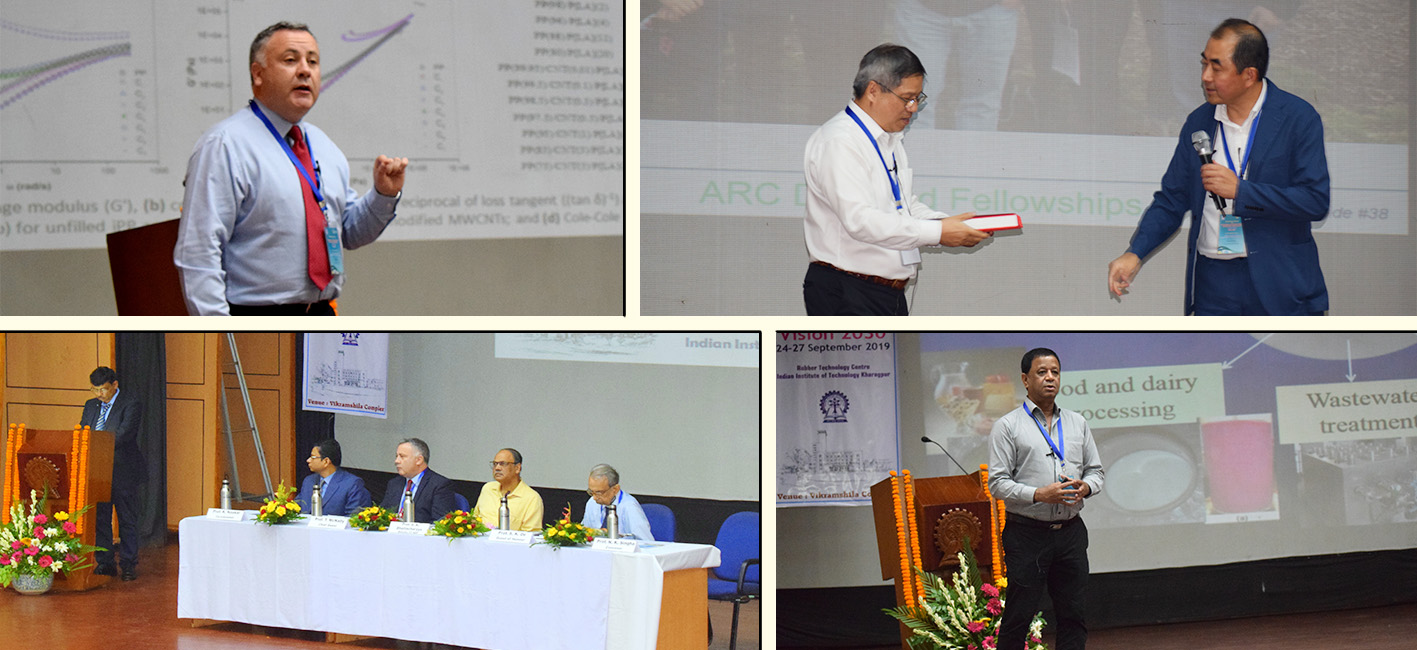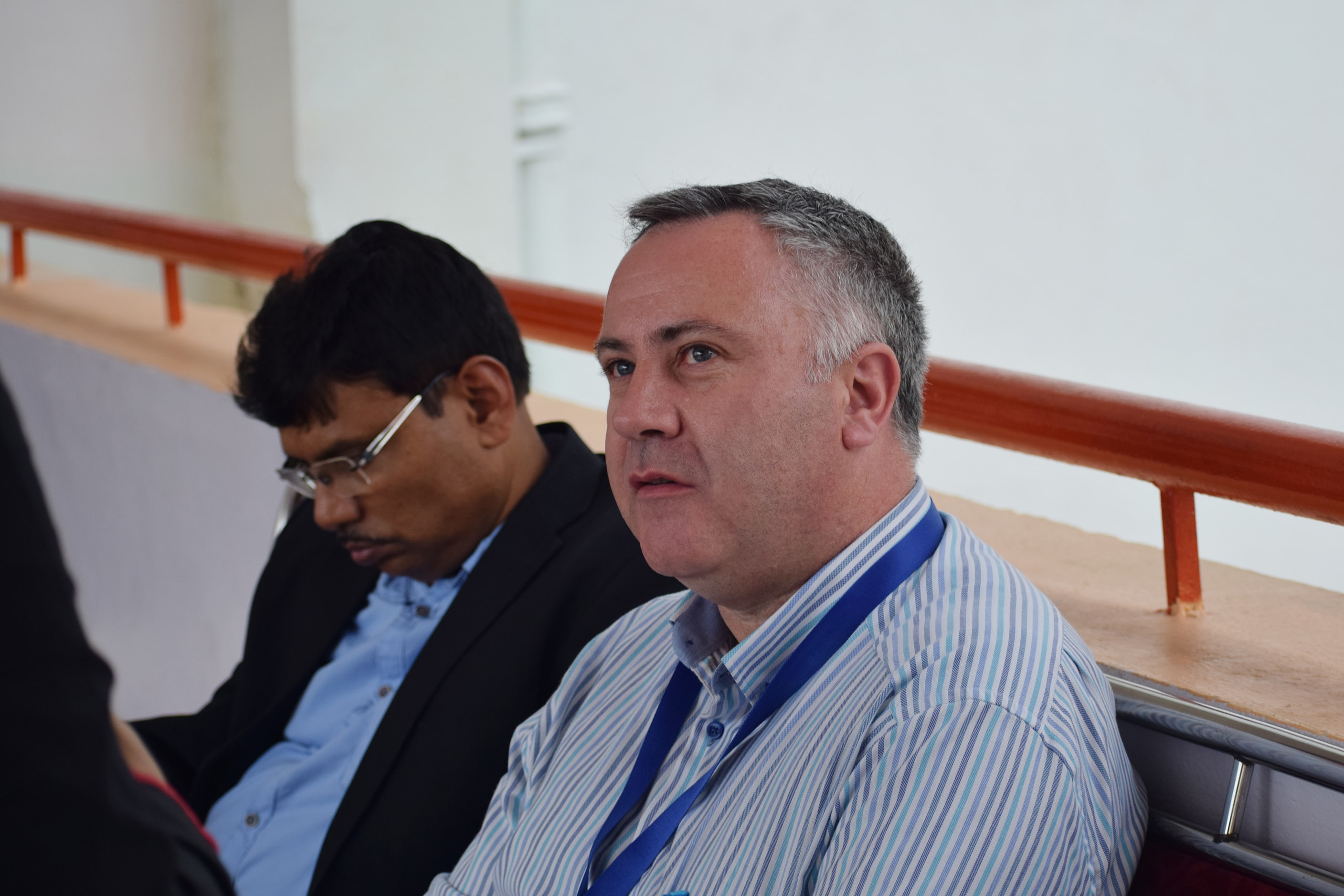
Agenda for the future
Natural biopolymers made from silk, chitosan, collagen, gelan gum are now not only used to make scaffolds for tissue engineering, but they can also be used to create a “3D cell culture microenviroment” to investigate the proliferation and migration of cancer cells. The information was given to the audience by Dr Subhas C. Kundu of the University of Minho, Portugal at the International Conference on Advances in Polymer Science and Rubber Technology (APSRT) at IIT Kharagpur held from September 24-27. At another session at the same conference, Prof. Sanjib K. Patra of the Department of Chemistry of IIT Kharagpur explained…

